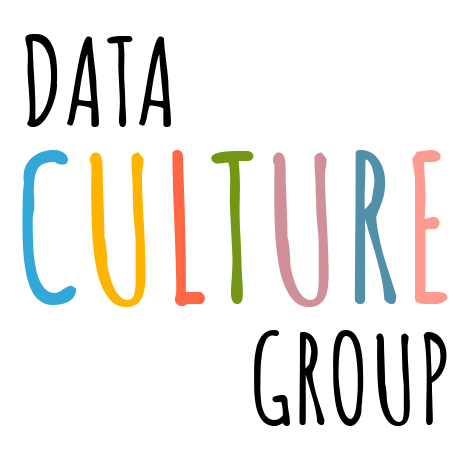I’m a big fan of sculptural forms of data, particularly because I think they offer novel opportunities to think harder about the material as an interface to, and representation of, the data. Two projects have popped onto my radar while researching for my forthcoming Community Data book, both related to 3D printing clay data sculptures. “ListeningCups” and “Rain Gauge” transform everyday data into tactile, functional objects. Both projects highlight how clay, as a natural material, can foster an emotional, sustainable, and hands-on interaction with data.
ListeningCups: Tactile Data Stories
 Collage showing the ListeningCups, extracted from their academic paper.
Collage showing the ListeningCups, extracted from their academic paper.
The ListeningCups project is the result of a residecy with designers and artists Audrey Desjardins and Timea Tihanyi trying to represent the ambient sounds of city in mug form. Presented at DIS 2019 the paper covers their motivations to bring data closer to people’s lives via tactile approaches that might encourage reflection and personal connection. Physically, they’ve encoded soundscapes in various places around Seattle. Each bump represents a the volume of snippet of ambient sound, allowing users to “feel” the sound landscape of these everyday spaces. This concept of “data stories” showcases how art and data can blend to evoke imagination and memory.
I particularly like their work here because it allows for casual interaction as an “ambient data display”; you can just use the mug as a mug with an interesting texture, or you could choose to try and interrogate it via tactile and visual ways to dig into the data more. This kind of “craft data sculpture” presenting an intriguing form of bringing people and data together, allowing for more serendipitous data exploration. An intriguing wrinkle is the “data accidents” they point to from the physical printing process, reminding us that data representation isn’t always as exact as mythology and hype tells us. Their reflections particularly highlight their own relation to the object in cool ways, as a talking piece and as a mug. As a drinker of copious amounts of tea, I’d enjoy having one of these around to explore and reflect on.
Rain Gauge: Visualizing Climate Data with Sustainability in Mind
 Collage of test prints evaluating data encoding onto extrusion rate, pauses, and size of symbols
Collage of test prints evaluating data encoding onto extrusion rate, pauses, and size of symbols
Earlier this year a team of University of Minnesota researchers wrote a paper for IEEE Vis 2024 about explorations in creating “ceramic data physicalizations” depicting rainfall levels over the last 80 years – the Rain Gauge project. They had a particular focus on the circular use of the clay material itself. The project practiced sustainable 3D printing by reusing clay repeatedly, making it an eco-friendly alternative to plastics commonly used in 3D printing. This method supports a circular, zero-waste process.
Their paper explores objects geometries, physical encoding approaches, and logistics constraints of the current clay printing machines they were using. Amusingly they documented the slow decay of the object itself when exposed to rain. Their conclusions focus on the circular use of the clay itself, beyond considerations related to the material as a medium for data sculptures.
Clay as a Medium for Data
Why clay? Unlike digital screens or synthetic materials, clay is flexible, recyclable, and rooted in a rich history of craft and art. With each project, the inherent imperfections and natural qualities of clay make data physicalizations not only informative but also deeply personal and reflective of the specific tools used to manufacture them. This innovative use of clay adds a physical and emotional layer to the data that might function to enhance comprehension and personal connection.
As data becomes more central to our lives, these clay-based projects remind us that data storytelling can be both meaningful and sustainable. Their work reminds me that I’d like to run a study comparing the same data representation in various types of mateiral, to hopefully learn about the affordances and limitations of some of these approaches for varying audiences.


